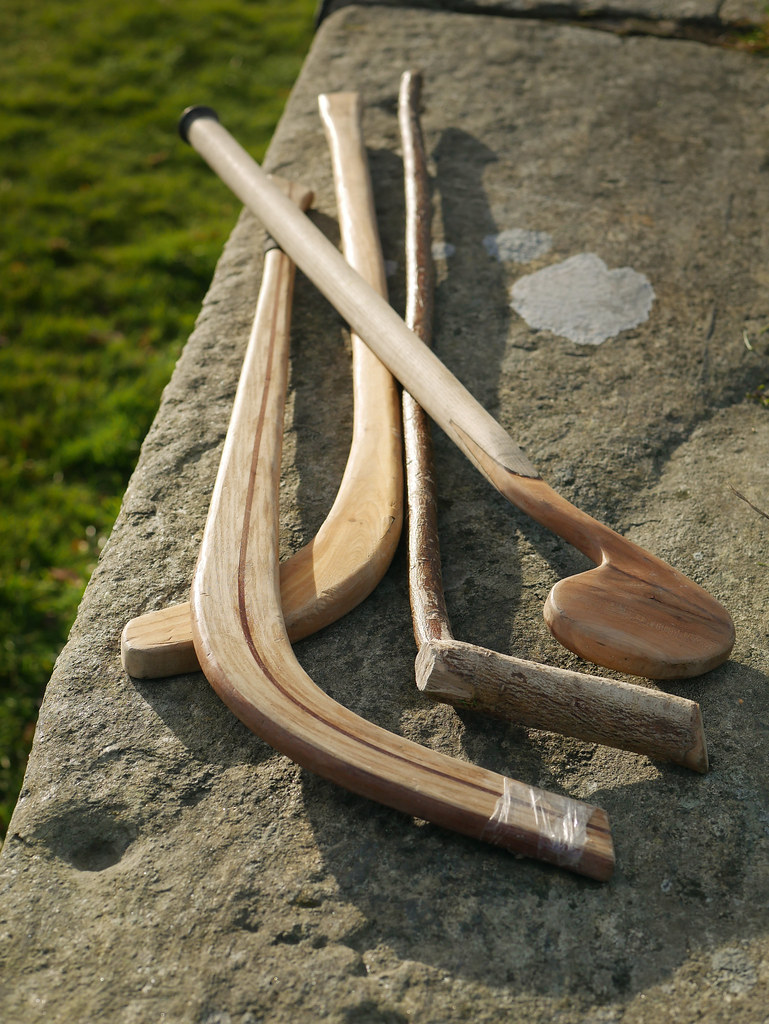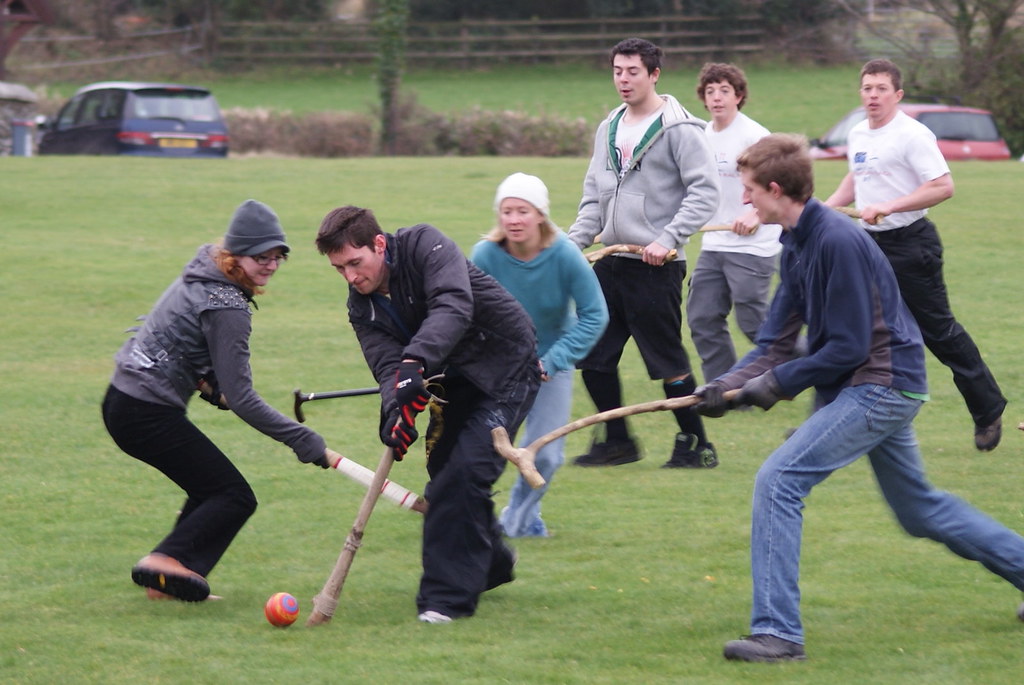Cammag is a fascinating stick-and-ball game originating in the 12th century and rooted in Gaelic culture, has captivated communities on the Isle of Man. This dynamic sport, akin to Irish hurling and Scottish shinty, showcases player skill and reflects the region’s cultural heritage. Annual matches bring together diverse participants and foster community spirit, prompting curiosity about how this traditional game adapts and thrives today. The ongoing practice of Cammag invites further exploration into its modern significance.
Equipments
Cammag is a unique game characterized by its distinctive equipment: a curved stick called the camman and a ball known as the crick. The camman, similar to the caman used in shinty, is crafted without a blade and is often made from gorse wood, with its quality and size significantly impacting gameplay.
The crick showcases the creativity of its makers, being made from materials like cork or wood and typically:
- Circular or egg-shaped
- About two inches in circumference, roughly the size of a fist
- Occasionally covered in cloth or leather for enhanced durability
- Played by teams that can consist of up to 200 players (4 players at least), resulting in highly communal matches
Cammag not only connects players with their rich heritage but also fosters a spirit of camaraderie and competition. As noted by enthusiasts like David Fisher, crafting a cammag stick is an art form that represents individual expression while honoring tradition.

Rules and Gameplay Mechanics
The game is played between two teams, each aiming to score by getting a ball into the opposing team’s goal area. The primary objective is to maintain possession of the ball while maneuvering through the playing field, which can vary in size but typically features designated goal areas at either end.
Players can employ various strategies, including passing, dribbling, and tactical positioning, to outmaneuver their opponents. Each team consists of a specific number of players, and substitutions may be allowed, adding to the dynamic nature of the game. Physical contact is permitted, but it must adhere to fair play and respect for opponents.
Fouls may be called for actions deemed unfair or overly aggressive, leading to free kicks or other penalties. The gameplay is usually divided into halves, with the team that accumulates the most points by the end declared the winner.
History of Cammag
Cammag has a history that dates back to the twelfth century, reflecting a rich tapestry of cultural exchange and evolution. The earliest reference to a game resembling cammag appears in the Irish Book of Leinster, suggesting that it may have been introduced to the Isle of Man by Irish missionaries in the fifth century. The first documented instance of cammag was in 1760, when players were admonished for participating in the game on a Sunday.
Throughout the 19th century, cammag was primarily played informally by young boys, despite various attempts to ban the sport reported in the Manx press. Nevertheless, the Isle of Man Times noted a revival of the game in 1885, which led to the establishment of the Ramsey Cammag Club. Although the club’s existence was sporadic, interest in cammag remained strong, with mentions of proposed clubs and informal play in different locations.
The game showed similarities to Welsh Bando, highlighting its broader cultural connections. By the late 1930s, cammag continued to thrive, notably featured in a match during the Celtic Congress in Douglas, reinforcing its enduring legacy within the Isle of Man’s sporting heritage.
In Modern Times

Cammag remains a vital part of the cultural landscape of the Isle of Man, marked by annual events that honor its rich heritage. The traditional match on Boxing Day features a spirited competition between the North and South, attracting players from Ramsey and Peel. This lively gathering on Hunt the Wren Day at Tynwald Field fosters community and unity.
Teams in the match are informal and often exceed 50 players, showcasing the sport’s inclusive spirit. Local radio presenter John Kaneen referees the game, which has experienced a resurgence that reflects the island’s identity. Key aspects of modern cammag include:
- Three 20-minute periods of play.
- Mixed-gender participation.
- Varied designs of bent sticks used as equipment.
- A focus on physicality, requiring protective gear.
Cammag goes beyond just sport; it embodies community engagement and freedom of expression. As players and spectators come together, they not only engage in a game but also reaffirm their connection to the Isle of Man’s vibrant cultural tapestry. This enduring tradition continues to evolve, ensuring cammag’s relevance in contemporary times.

